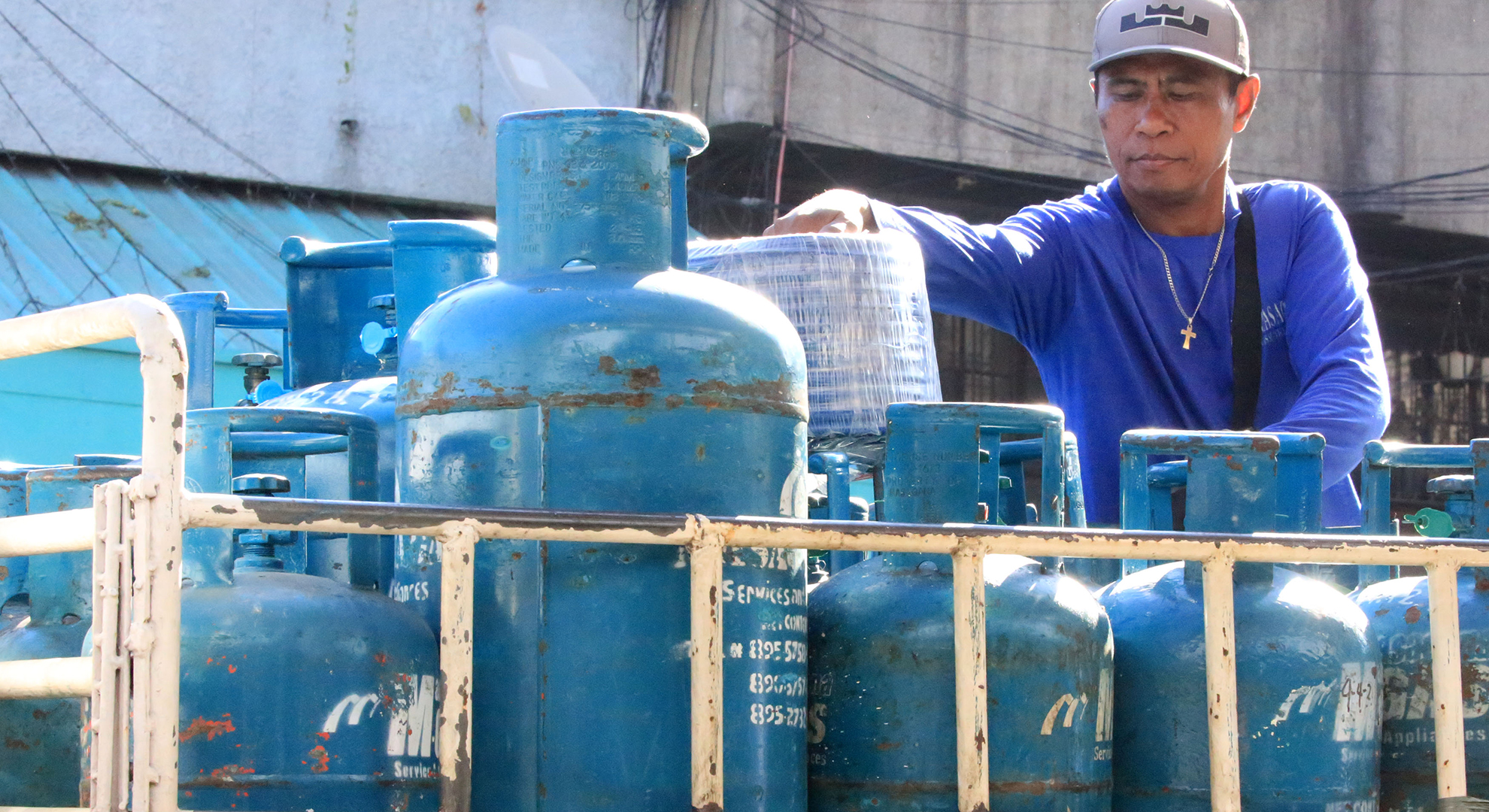
THE Philippine dependence on imported liquefied petroleum gas (LPG) is expected to increase further going forward, with the country becoming the second-largest LPG importer in Southeast Asia, Fitch Solutions BMI said on Wednesday.
“The Philippines is significantly exposed to the spot LPG market since the bulk of LPG is imported on a spot basis,” Fitch Solutions BMI Country Risk & Industry Research said in a report.
Fitch Solutions unit BMI said the country’s strong economic growth along with rising urbanization points to further growth for the LPG market in the Philippines.
BMI said LPG imports by the Philippines are expected to increase further to 55,000 barrels per day (b/d) in 2023 from 51,000 b/d in 2022.
“The dynamics of the LPG import market in the Philippines is changing fast with many industry players participating in import, wholesale and retail areas,” BMI said.
However, it cited the weakness of the transportation sector as a downside risk to overall LPG consumption.
The report said LPG is one of “promising energy sources” set for growth in the long run as the Philippines does not have many alternatives to imports.
“The Philippines with a population of 114 million will continue to present short- and long-term opportunities for LPG exporters and traders in view of strong LPG demand growth outlook and shortfalls in supplies,” BMI said.
BMI said that LPG use in the transport sector will likely fall further, with demand estimated to decrease to 100 b/d in 2022 from 1,200 b/d in 2015. It said that the transport sector only accounts for a small share of overall demand and consumption.
For residential and commercial use, LPG will likely be favored over liquefied natural gas (LNG), BMI said.
“Though the government is willing to develop the city gas market, the impact on LPG consumption will remain limited due to the lack of extensive city gas distribution infrastructure. More importantly, LNG may not be able to compete with LPG in residential and commercial sectors with LPG being more favored over LNG for commercial and residential use,” BMI said.
The Oil Industry Management Bureau of the Department of Energy estimates that in 2022, LPG demand was 3,418 million liters, against 3,272 million liters in 2021. Estimates for the first six months to June 2023 are not yet available.
Meanwhile, BMI said the residential and commercial segments are the growth drivers of the LPG sector, with commercial accounting for 89% of overall LPG consumption in 2022.
BMI estimates that the LPG consumption by the residential and commercial segments will likely account for about 92% of all consumption.
“Prospects for strong demand growth from residential and commercial sectors will continue to be supported by improving access to LPG, rising urbanization and a strong population and economic growth outlook,” the report said. — Ashley Erika O. Jose



